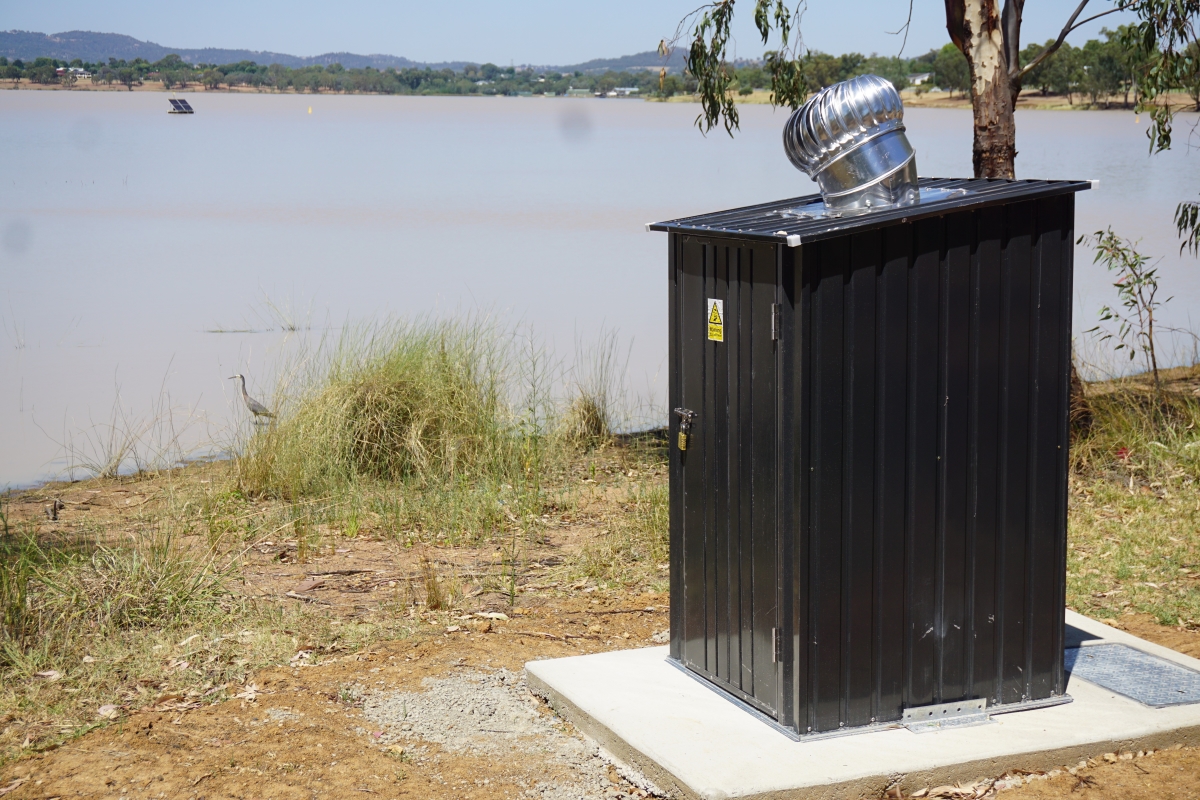A water awareness workshop in Forster has celebrated the release of MidCoast Council’s annual Waterway and Catchment Report Card.
“It was great to have so many people join us to learn about the science that supports catchment management and protects our environment,” said MidCoast Council’s Water Quality and Estuary Coordinator, Prue Tucker.
“It is likely to be a dry summer, so investing in water saving drought resistant gardens is one way we can help in our own backyard.”
Water sampling takes place every summer across the MidCoast catchments.
Presented as ‘Report Cards’, the results improve our understanding of the health of our rivers, lakes and estuaries. They also help us understand the patterns, trends and cycles of our waterways.
“Report Card grades continue to be influenced by the amount of rainfall and runoff from the catchment,” said Dr Rebecca Swanson, scientist at the Department of Planning and Environment.
“The decrease in rainfall over the sampling period is the likely cause of an increase in algal growth, which influenced the grades this year.”
Of the sites sampled, 15 sites maintained the same grade from 2022. Three sites dropped a grade and only two sites improved their grade.
“A focus for this year’s results is the impact of urban runoff on the water quality in our estuaries. Fertilised lawns, roads, pathways and roofs carry pollutants such as nitrogen, phosphorus, sediments and litter into our sensitive waterways,” said Dr Swanson.
“We can re-introduce natural processes into our urban landscape, through the use of raingardens. This is something everyone can build into their home to help protect their local estuaries.”
Raingardens are required in new developments in some locations, filtering stormwater and removing nutrients that fuel algal blooms before it reaches our estuaries.
The Report Card results also help us work out where to put our efforts within the catchment to get the best outcome for our waterways.
“We are working on a 10-year program to identify the future direction for the management and protection of our southern estuaries,” said Mrs Tucker.
“There will be more opportunities for community involvement as the program progresses.”
To see the full results and find out more about the project, visit www.midcoast.nsw.gov.au/reportcard
The Report Card is funded by MidCoast Council’s Environmental Rate and supported by the New South Wales Government through its Coast and Estuary Program and Department of Planning and Environment.






